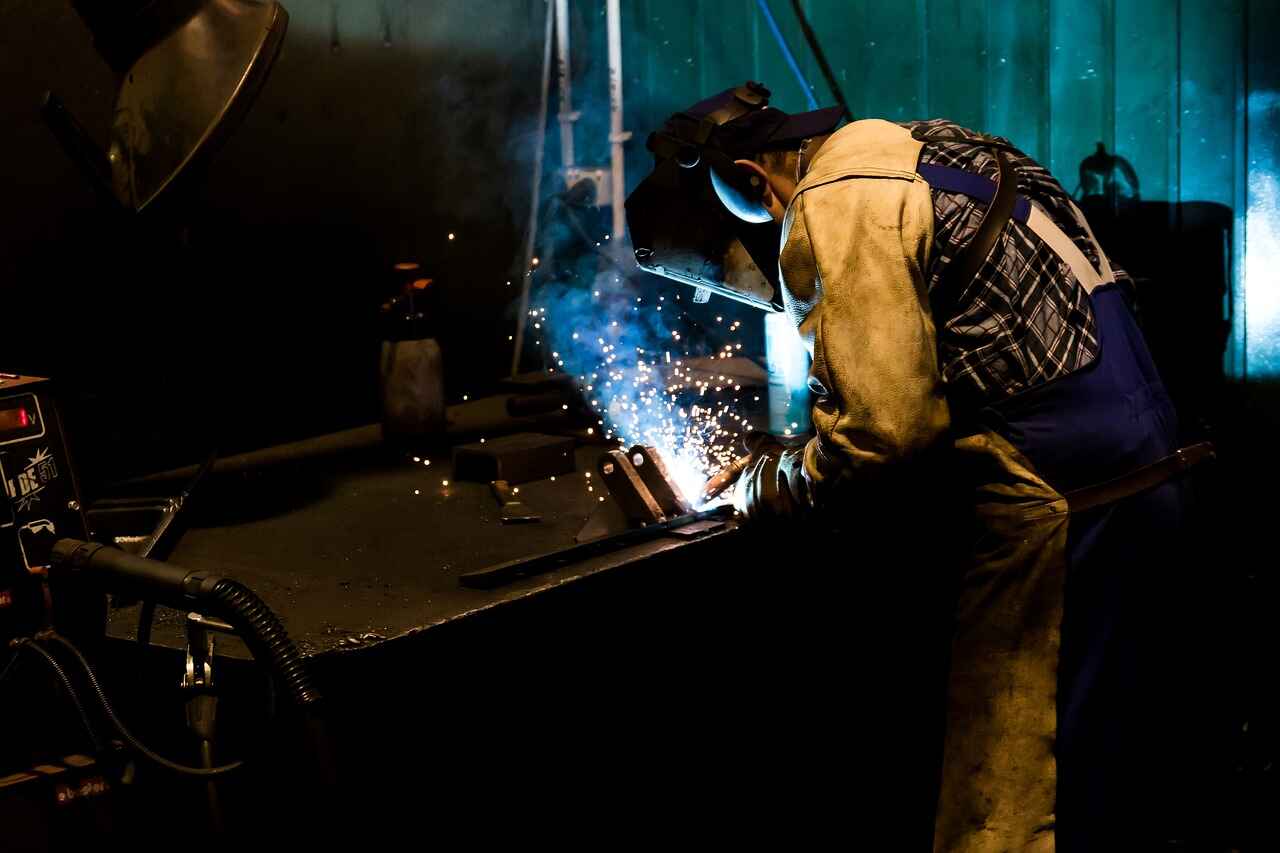
Why Stainless Steel Exhaust System Guarantee Longevity?
1. Durability Against Corrosion:
The introduction of stainless steel as a choice material for many applications is majorly driven by its resistance to rust. Incomparably, Stainless Steel is recognized for its impressive anti-corrosion properties, which makes it a perfect choice for an exhaust system. The said resistance has mainly to do with chromium, since, upon exposure to oxygen, chromium comprises a thin, but protective layer of chromium oxide on the surface of the steel. This barrier layer is built right into the paint job, exposing the metal underneath oxygen and water and making it rust.
Due to its self-resistance toward corrosion, it is believed that stainless steel exhaust systems are the best equipment that can adapt to brutal conditions allowing them to last for a long time despite the moisture, salt from road de-icing, and other corrosive elements that they are exposed to. On the contrary, the stainless steel exhausts demonstrate much higher reliability and durability. Compared to aluminized steel which does not have high resistance, they additionally require regular maintenance which takes a lot of time and money.
2. Heat Resistance:
The Role of Stainless Steel in Overcoming High Temperatures in Exhaust System Engines produce a lot of heat during operation and the exhaust system occupies a critical space in the control of temperature rise. One more thing that is realized to be characteristic of stainless steel to keep its strength and structure at high temperatures is why it gives the essential feature of making the exhaust system long-lasting. The exhaust system constantly suffers from extreme heating due to internal engine combustion which may destroy materials that don’t have chemical compounds resistant to those conditions.
Also Read: What Are the Uses of Microsoft Dynamics for Business?
3. Strength and Structural Integrity:
Stainless steel must be not only strong but also ductile. It has to be able to absorb stresses that are imposed on it due to pressure. Stainless steel is not only the best bet for temperatures and corrosion but also adds to strength and endurance in situations of physical pressure. Thus, it is the ideal type for excited systems where there are continual vibration, shocks, and pressure fluctuations. Of great importance is the material’s resilience allows it survive to the dangers of war without the risk of succumbing to wear and tear.
4. Maintenance and Longevity:
People consider the main advantage of using the stainless steel exhaust system to be the minimum maintenance requirements they need. Because of their outstanding weather- and heat-resistant properties, these systems neither often need repair nor replacement, so they still make an economical option when the time comes. Unlike other materials, whose performance may require frequent treatments or coatings to prevent rusting, stainless steel usually achieves the desired condition naturally with minimum effort.
5. Cost-Effectiveness Over Time:
Indeed, steel waste systems offer higher upfront costs compared to similar ones made from more mainstream materials, though they offer uncontested long-term cost-saving. This cost-saving benefit is due to how they have a long lifespan and can perform for a long time without requiring replacement or repair. That stainless steel is both resistant to corrosion and heat and endures vibrations allowing it a long life span. As a result, the cost of ownership for one year is significantly lower than compared to non-stainless steel systems.
6. Environmental Impact:
The stamina and continuity of stainless steel exhaust manifolds are usually another environmental benefit they provide. This ensures that systems are in the market longer and that the demand for the materials and energy required to manufacture new products is reduced in such a way that the need for replacement is not very frequent. In addition, stainless steel is recyclable, thus, in case the exhaust system has been maximized with useful years of service, the material can be diverted for reuse, which, in the end, reduces its environmental footprint.
Such a cycle of reuse effectively contributes to saving resources and hence waste production diminishes in this production. In the period when atmosphere cleanliness is more essential, the utilization of an exhaust system made out of stainless steel fits the garbage objectives to decrease the contamination level and guarantees that vehicle maintenance and production operations are more sustainable.
7. Performance Advantages:
The added benefit of stainless steel exhaust systems is that they both extend the life of the vehicle as well as allow for better performance. The material’s resistance to high temperatures enables the engineer to create an exhaust system with the capacity to suck hot gases successfully due to the reduced backpressure. This capability may multiply into measurable gains of power, specifically the increase of horsepower and torque.
8. Aesthetic Appeal:
Stainless steel not only enhances heating systems but also provides a pleasing appearance which results in becoming the top choice for exhaust systems. The item comes in a design that is trendy, and clean and does not fade nor change in color even with the abuses. Different from the others that can be oxidized or corroded over time, stainless steel will not patina, or lose its luster and finish, over time, and as a result, the whole vehicle will get a shiny look.





